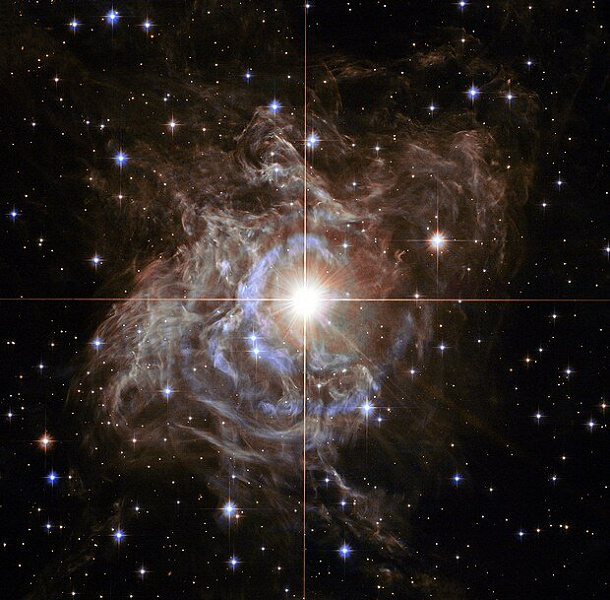Studying these stars will help you navigate the Universe even better
Measuring distances to distant objects in space is a challenging task for astronomers. Even determining the distance to our neighbors in the Universe — The Small and Large Magellanic Clouds have certain difficulties. However, scientists are now beginning to acquire tools that allow them to measure these distances. One of these tools — Variable Cepheids, stars that change their luminosity according to a certain pattern. However, very little is currently known about the physical properties of Cepheids, making their use as distance markers difficult. It would be much easier to study their properties with data on double Cepheids, but until recently only one pair of Cepheids was known.
In a new paper, researchers from Europe, the USA and Chile presented the results of measurements of nine more binary Cepheids. This is already enough to begin to understand the properties of these valuable distance markers.
Like traditional binary stars, Cepheid binary systems form when two stars orbit each other. The characteristics of these systems can differ significantly if the brightness changes of the two stars occur at different rates and phases. Finding out which star is moving and in which direction, both relative to us and from each other, presents certain difficulties. Observing these variables requires long periods of observation, and that is exactly what the new paper presents.
Researchers studied nine candidate Cepheid binary systems that were not confirmed due to the difficulty of separating data from the two stars from each other. They obtained data from the Optical Gravitational Lensing Experiment (OGLE) database, which has been run by the University of Warsaw for more than 30 years. Scientists have confirmed the presence of two separate stars in each of the proposed binary systems.
Studying these nine binary systems in the Small and Large Magellanic Clouds and the Milky Way is the first step. The nearest one, located in the Milky Way, is the closest: just 11 kiloparsecs (about 35,877 light years) away.
A more detailed study of Cepheids can shed light on their origin, composition and life cycle. The authors of the article note that this is part of a long-term project. The same scientists were part of the team that originally confirmed the presence of the Cepheid binary system in 2014. The OGLE project continues to collect new data and research that may eventually lead to the discovery of even more Cepheid binaries.

